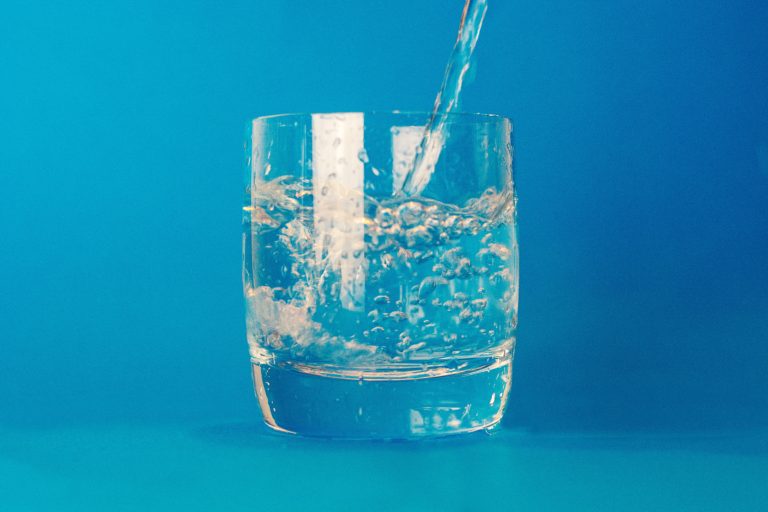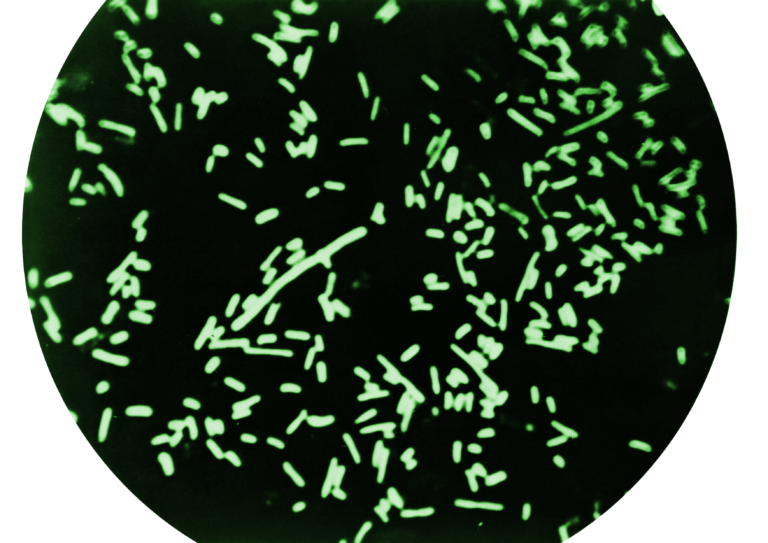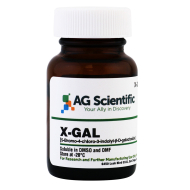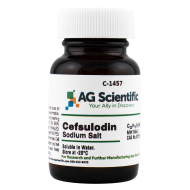San Diego makes no bones about its most precious commodity - the sun! But what does it actually take to make this arid, Mediterranean-like place able to support so many? Well, it takes sun AND water. San Diego's faucets feed one of the highest per-capita water consumption rates in the nation, serving 1.3 million residents, 33 million visitors every year, and a monthly inflow of several thousand new residents, most of them quality-of-life seekers from around the country. In order to meet demand, the city has taken unique steps to develop a state-of-the-art water diagnostics and treatment facility in order to process and recycle the 190 million gallons of wastewater currently discharged everyday.
Water Resources
San Diego makes no bones about its most precious commodity - the sun! But what does it actually take to make this arid, Mediterranean-like place able to support so many? Well, it takes sun AND water. San Diego's faucets feed one of the highest per-capita water consumption rates in the nation, serving 1.3 million residents, 33 million visitors every year, and a monthly inflow of several thousand new residents, most of them quality-of-life seekers from around the country. In order to meet demand, the city has taken unique steps to develop a state-of-the-art water diagnostics and treatment facility in order to process and recycle the 190 million gallons of wastewater currently discharged everyday. The notion that water is more precious than the sun is gaining a foothold not only in the irrigated West, but in the humid East as well. It is water, after all, not the sun that holds primary value in the West since it is the limiting factor in most cases. But the quality and safety of drinking water is of big concern to many Americans today because of an increased interest and awareness in health and environmental quality. That's why it's not enough anymore to to just have a water source. Water must also be of sufficient quality depending on use and whether or not it's in a natural state, or if its had adequate treatment. Right now, the main pressures associated with groundwater are demand, depletion, and contamination. Moreover, all the systems designed to contain waste (landfills, septic systems, and sewers) also are the main channels effluent travels, where it eventually contaminates groundwater for 1.3 million people every year in the United States. Once water is contaminated, it can still taste and smell fine. Likewise, water that smells or tastes unpleasant may also be safe to drink or use. The taste, smell, and appearance of water can only give you an indication of its quality, it cannot tell you whether it is actually safe to drink or not. So while taste, smell, and appearance are top concerns among consumers, more serious problems associated with water can only be detected through laboratory testing.Water Diagnostics for Public Water Systems
A Public Water System (PWS) is one that has at minimum fifteen service connections or that serves at least 25 people per day for at least 60 days of the year. The source of drinking water that comes from a PWS is either from a water reservoir, a public well that pumps groundwater, diverted river water, or all of the above. Generally there are fewer concerns about water quality and safety because these supplies are routinely tested and treated (if necessary) according to the US EPA's Safe Drinking Water Act (SDWA) of 1974. In 1996, Congress amended the SDWA, requiring PWSs to begin providing annual water quality reports to consumers by 1999. This report is known as a Consumer Confidence Report (CCR), and you may request a copy by contacting your local water utility company. Because the CCR is usually based upon testing conducted at the treatment plant, it is possible that water will not meet the SDWA standards by the time it reaches your kitchen or bathroom sink.
For example, water can pick up lead from water pipes in very old homes (typically homes built before 1987). You may wish to test your household water, even if it comes from a PWS, if there is a risk for in-house contamination due to your home's plumbing, connections, or treatment systems. This is one reason why there has been an upward trend in recent years towards at home water diagnostics and this trend will likely continue (if not accelerate) as our understanding of public health and water chemistry improves.
In 1996, Congress amended the SDWA, requiring PWSs to begin providing annual water quality reports to consumers by 1999. This report is known as a Consumer Confidence Report (CCR), and you may request a copy by contacting your local water utility company. Because the CCR is usually based upon testing conducted at the treatment plant, it is possible that water will not meet the SDWA standards by the time it reaches your kitchen or bathroom sink.
For example, water can pick up lead from water pipes in very old homes (typically homes built before 1987). You may wish to test your household water, even if it comes from a PWS, if there is a risk for in-house contamination due to your home's plumbing, connections, or treatment systems. This is one reason why there has been an upward trend in recent years towards at home water diagnostics and this trend will likely continue (if not accelerate) as our understanding of public health and water chemistry improves.
Water Diagnostics for Groundwater Sources
Groundwater samples are typically obtained from drilling a separate well and removing an uncontaminated water sample. Measuring groundwater is not a perfect science since what you are measuring is the probability that the concentration of nitrates within groundwater aquifers will not exceed 4 mg/mL. This is important because nitrates in groundwater can chemically reduce forming nitrite [NO3 to NO2], which is toxic to humans. The current EPA standard is 10 ppm [10 mg/L] nitrate-to-nitrogen, which also protects babies from a medical condition known as infant methemoglobinemia, also-called blue-baby syndrome because it causes blood to turn brown due to increased hemoglobin levels that turn the blood iron-rich.
The current EPA standard is 10 ppm [10 mg/L] nitrate-to-nitrogen, which also protects babies from a medical condition known as infant methemoglobinemia, also-called blue-baby syndrome because it causes blood to turn brown due to increased hemoglobin levels that turn the blood iron-rich.
Groundwater Contamination in the US
Municipal sewage is a large contributor to nitrogen in rivers and groundwater. Agricultural runoff is another big contributor to sedimentation and nutrient enrichment in surface water. Despite these pressures, some water contaminants are naturally occurring, such as arsenic, which occurs from forest fires and the erosion of rocks. Parts of southeast Idaho, for example, have naturally occurring high levels of nitrate from bacteria in the soil, so fertilizers aren't always to blame. Nevertheless, groundwater contamination happens, and while city water is generally considered safe to drink, there are still many reasons why you need to or should perform water diagnostics. Since water diagnostics are quickly becoming one of the hot issues of the century, there are some things we can do to guarantee clean water for future generations. First, make improvements to our existing water infrastructure. Second, switch from irrigation-based to contour/terraced farming. Three, use biotechnology to develop crops that make better use of the land and can withstand drought. Fourth, use "precision agriculture" to tailor the coordination between harvesting cycles, which crops are planted in rotation, and how farmers manage the land.
There are a range of options consumers, farmers, and business owners can take to ensure their water is safe to drink and use. In many ways, it's just as Henry David Thoreau penned over a century-and-a-half ago, "Heaven is under our feet, as well as over our heads".
Since water diagnostics are quickly becoming one of the hot issues of the century, there are some things we can do to guarantee clean water for future generations. First, make improvements to our existing water infrastructure. Second, switch from irrigation-based to contour/terraced farming. Three, use biotechnology to develop crops that make better use of the land and can withstand drought. Fourth, use "precision agriculture" to tailor the coordination between harvesting cycles, which crops are planted in rotation, and how farmers manage the land.
There are a range of options consumers, farmers, and business owners can take to ensure their water is safe to drink and use. In many ways, it's just as Henry David Thoreau penned over a century-and-a-half ago, "Heaven is under our feet, as well as over our heads".
Download Brochure
Additional Reading
- Water Quality and Dairy Quality Testing FAQs
- Sequencing Batch Reactors (SBR) for Wastewater Treatment
- Water Remediation Electrochemistry


